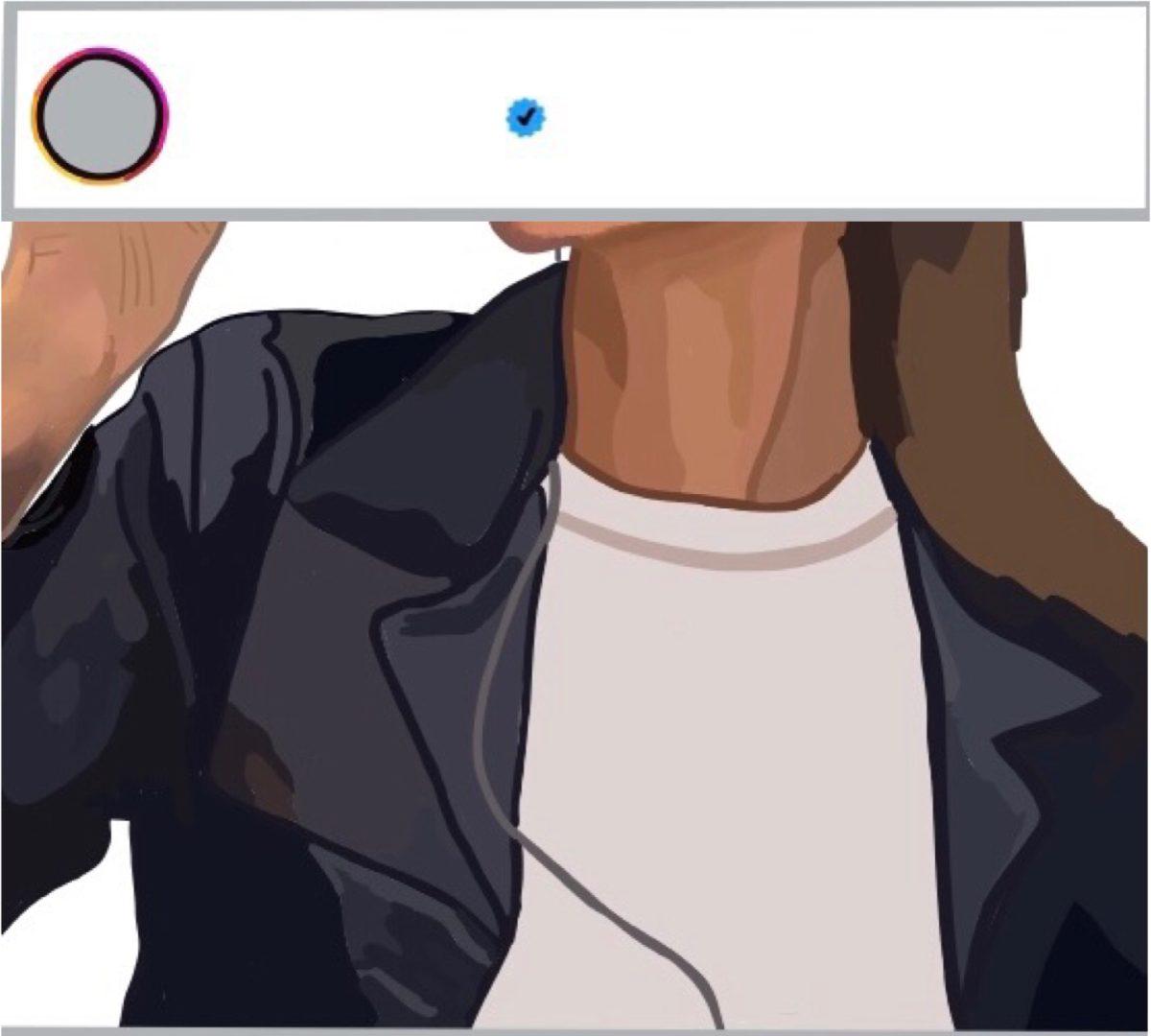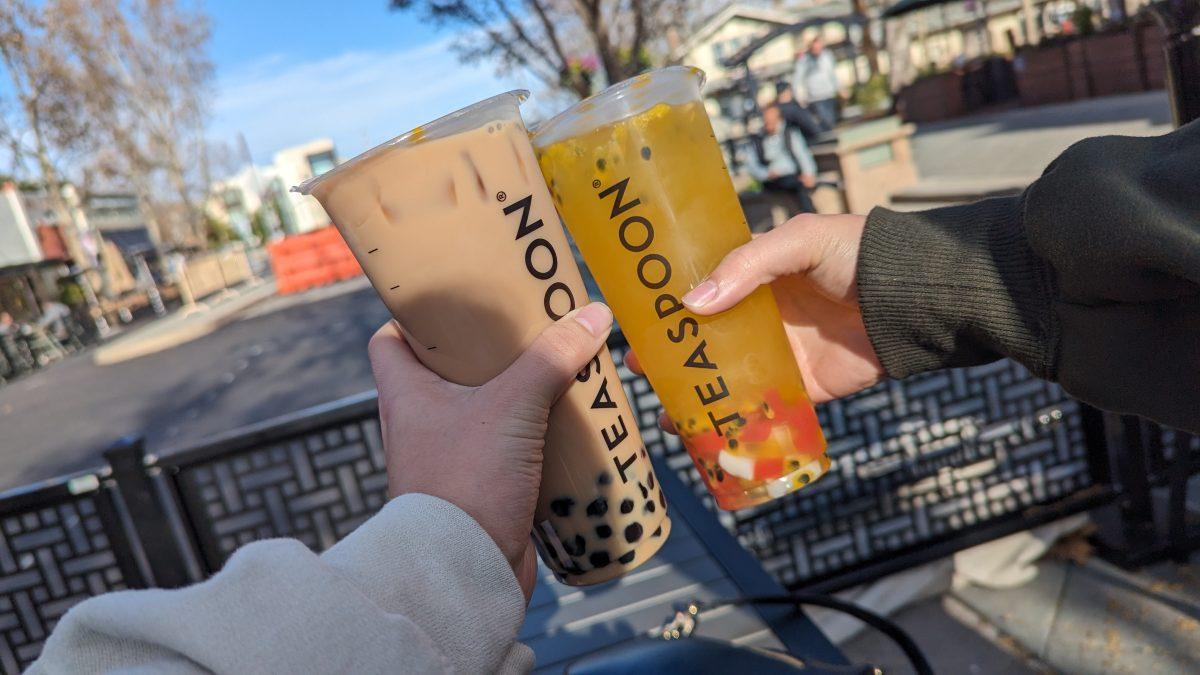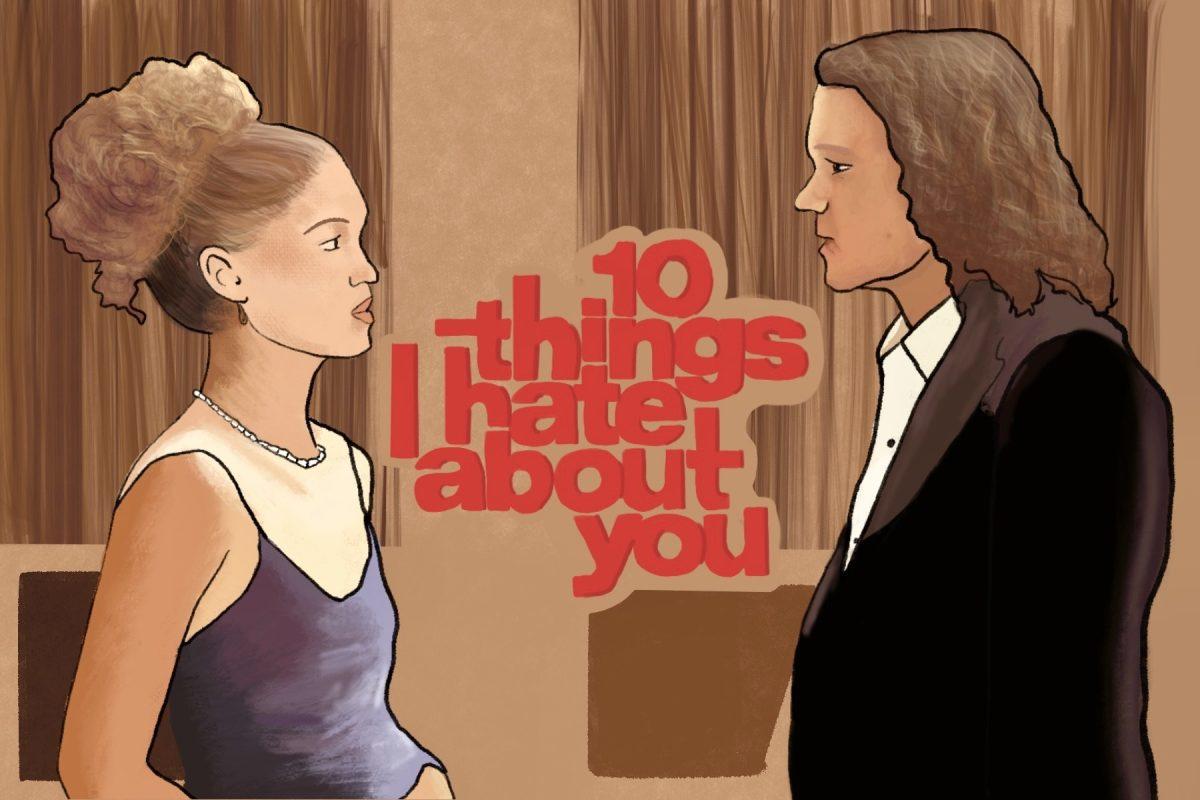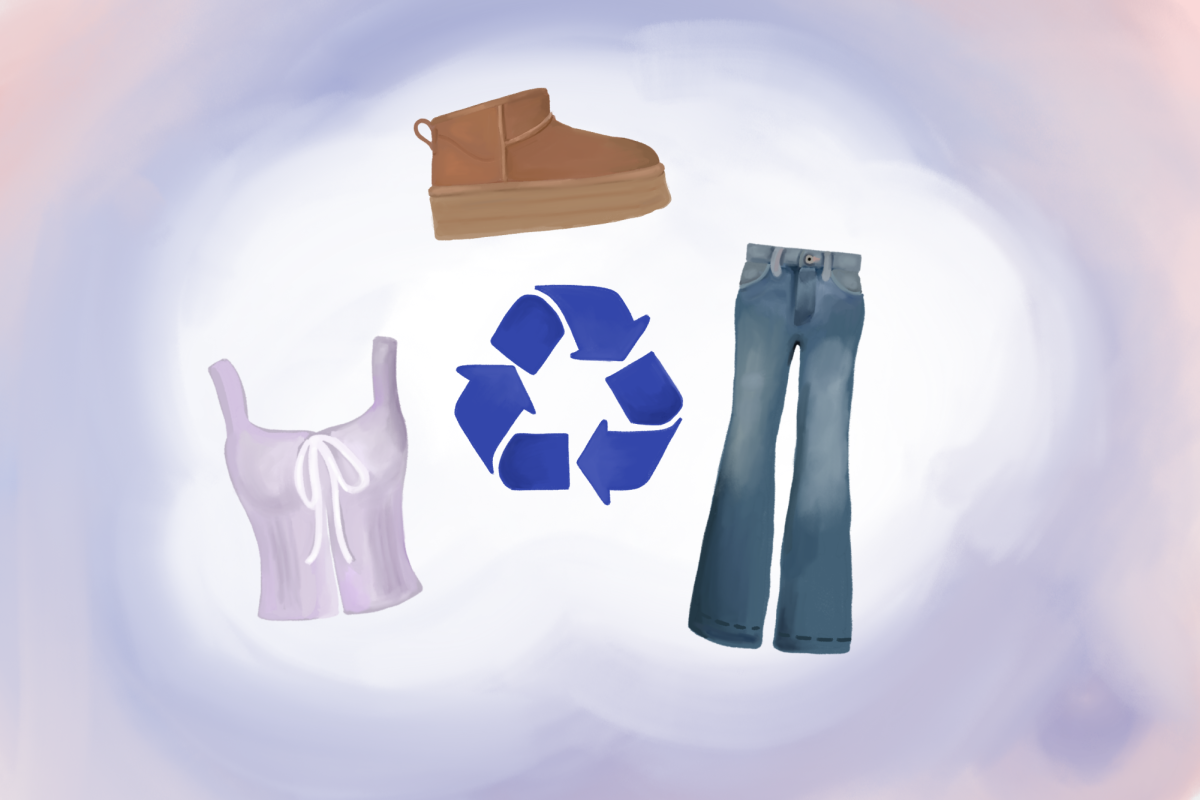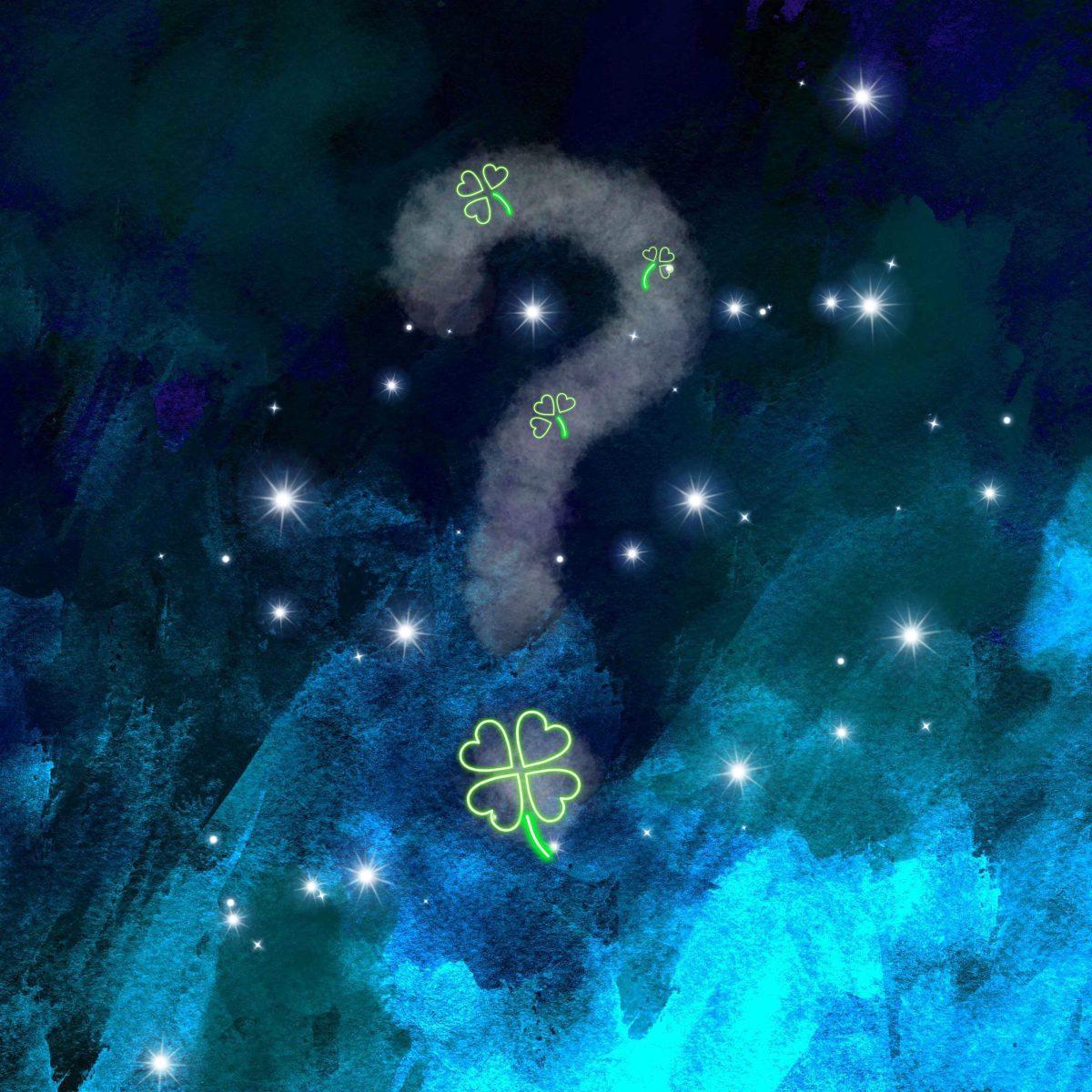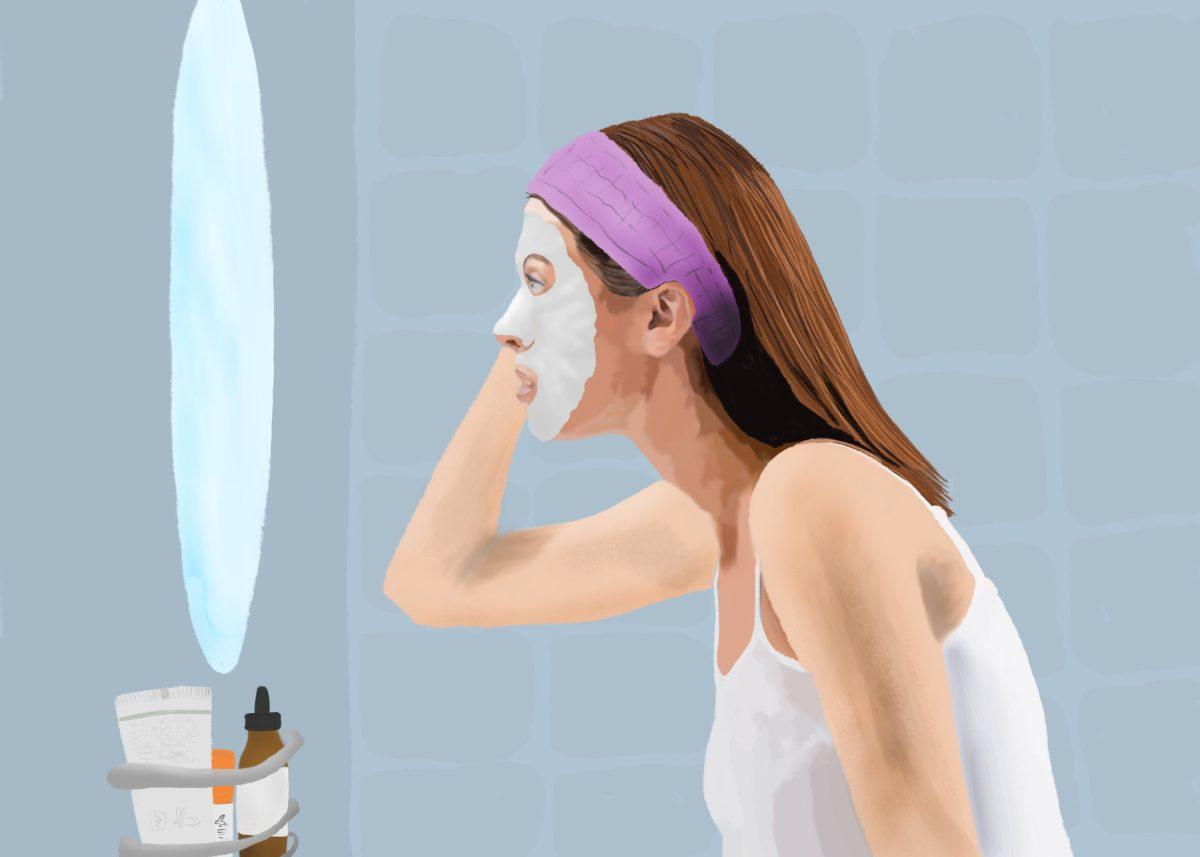Nowadays, when scrolling through Instagram, it’s becoming more difficult to differentiate who is a celebrity and who is an influencer. With the rise of social media, traditional celebrities are not the only ones with a platform to share their message. Unlike in the past where there was limited contact with your favorite celebrity (remember the time before the internet when you would only see your favorite actor in theaters, not on your phone sharing what they are eating for breakfast?), the line between celebrities and influencers has become blurred—and possibly for the better.
This indistinguishability between celebrities and influencers in more recent years is due to a key factor: Gen Z grew up with their favorite influencers, through Vine or TikTok, for over a decade now. Audiences and creators have grown up together and found their way through a hectic world where social media has become an escape for both parties. Similarly, celebrities with a career before social media have started sharing more of their personal lives. This link between relatability and frequent contact is starting to change the perception of celebrity culture.
Influencers have now become so popular that they partake in traditional celebrity events. Emma Chamberlain, for instance, attended red carpets as an ambassador for the designer brand Louis Vuitton. Because influencers seem to have a better grasp of what their audiences want, brands end up reaching out to them more often than celebrities. Naturally, celebrities and actors like The Rock and Tom Holland are now sharing snippets of their personal lives to increase “authenticity” and build a connection with their fanbase. Seemingly, the celebrity-to-influencer pipeline is a more effective way to be recognizable and approachable. This approachability seems like a strategic choice for celebrities seeking to gain more profit and ultimately fortify their status as “icons.”
In addition, this shift between celebrity and influencer has allowed for a crucial change to occur; influencers are now able to control their own narrative. In the past, the images of public figures were left in the hands of journalists and audiences, with movies or other forms of media as a celebrity’s only creative expression in the world. For instance, Marilyn Monroe’s roles as an actress resulted in people perceiving her as a sex symbol or a dumb blonde. Monroe arguably had to play into this narrative in order to find her way in Hollywood and cement her legacy. An example includes Monroe selectively acting in movies like We’re Not Married, a movie where she plays a character wooed by actor David Wayne. Modern influencers, on the other hand, contribute more to creating their image and intentionally propel how they want their audience to perceive them. Although artificiality exists on social media, the ability of anyone to post and the ever-changing nature of social media allows influencers to have some say in their narrative.
Yet, now more than ever, “cancel culture” has become increasingly apparent as a result of the greater availability of content. Because everything influencers post on the internet accumulates–in what is known as their digital footprint–this ever-lasting content has allowed for intense scrutiny of celebrities’ pasts. This results in a “cancel culture” where people refuse to consume any content a celebrity makes on the basis of keeping celebrities responsible for their wrongdoings. While the effort to hold people with a platform accountable seems just, it often results in hasty accusations. Guilt and accountability are two very different things, and cancel culture often ends up perpetuating the former.
Overall, the rise of Gen-Z style celebrity culture has brought about a fundamental shift in the way we idolize and view celebrities. It is evident that this new type of celebrity culture emphasizes relatability, but the further evolution of celebrity culture remains unpredictable.




































































